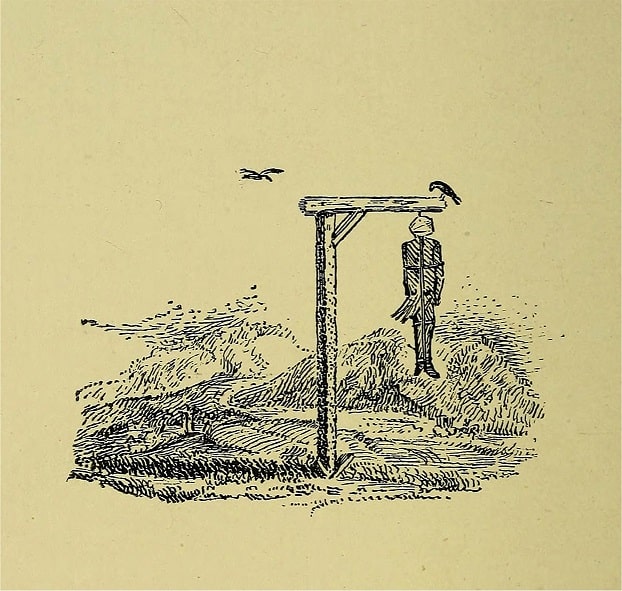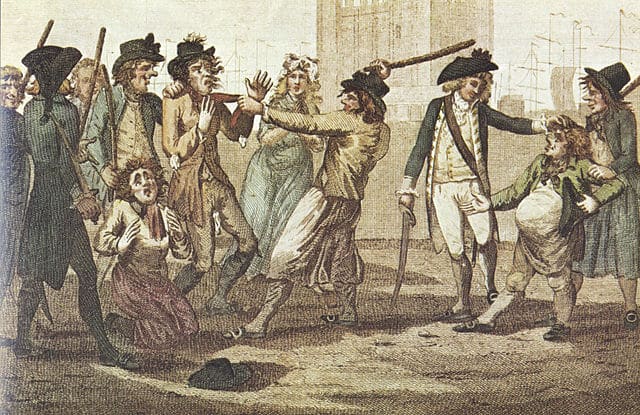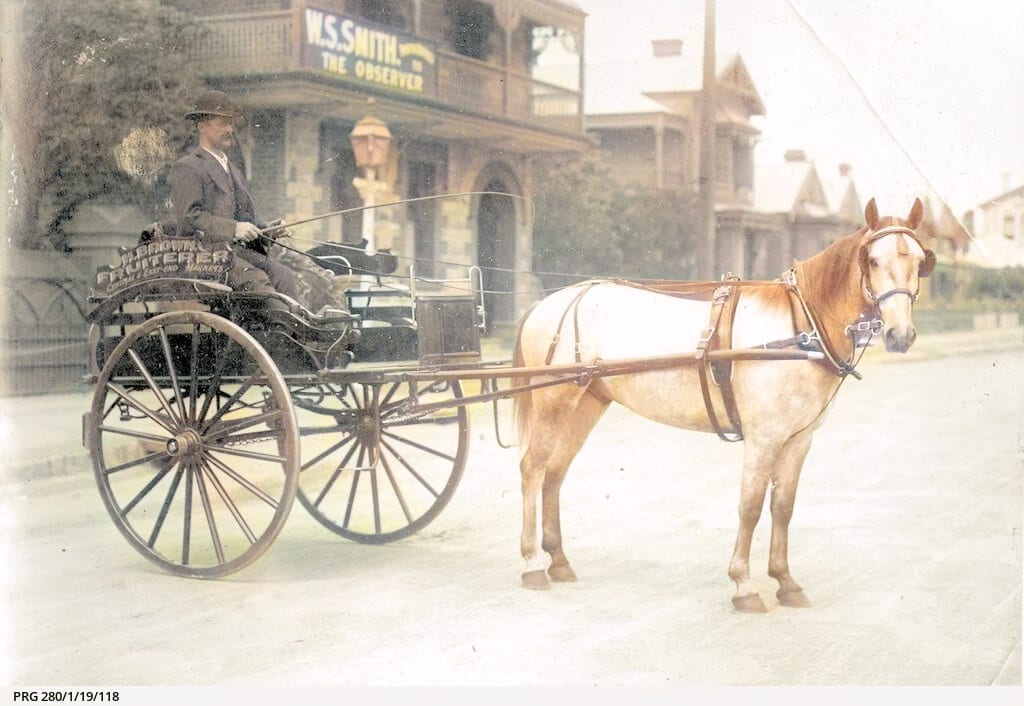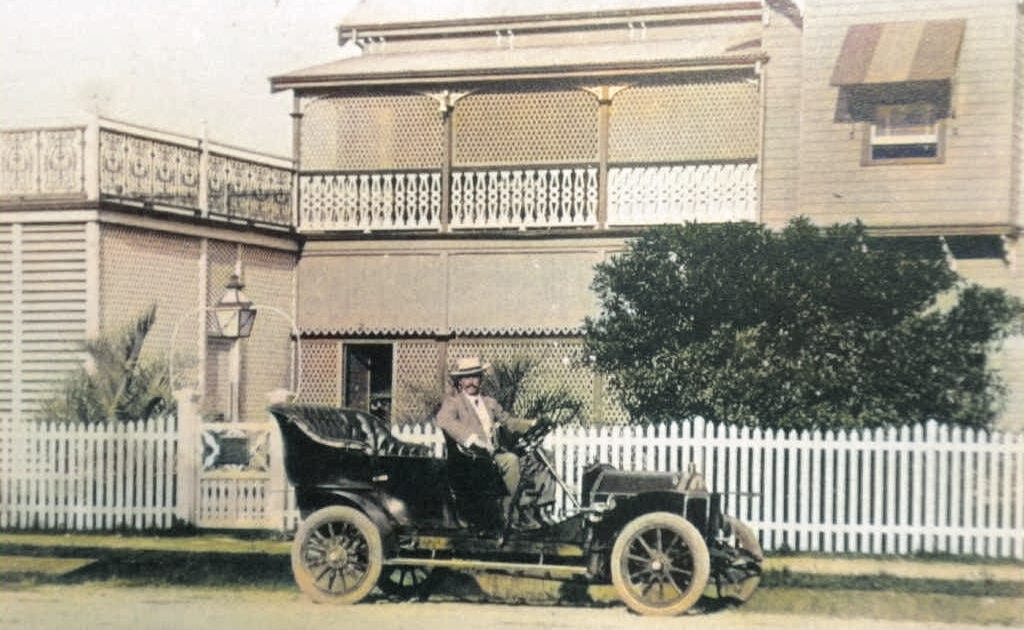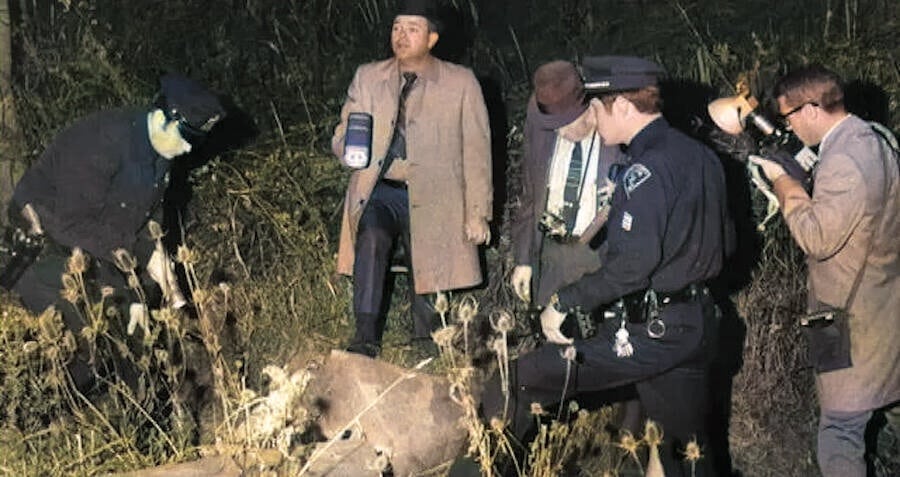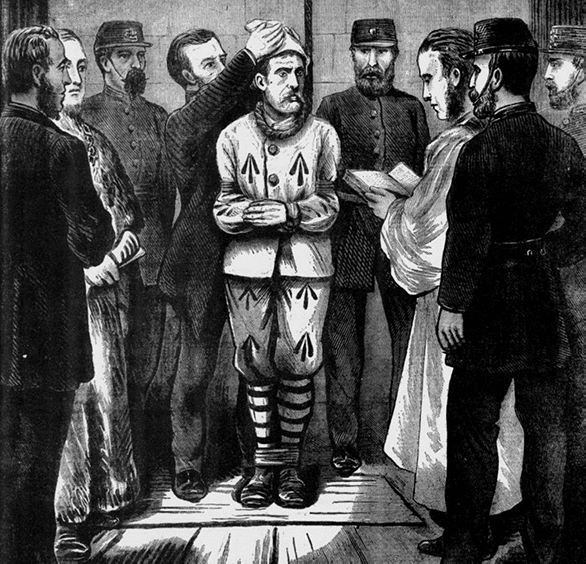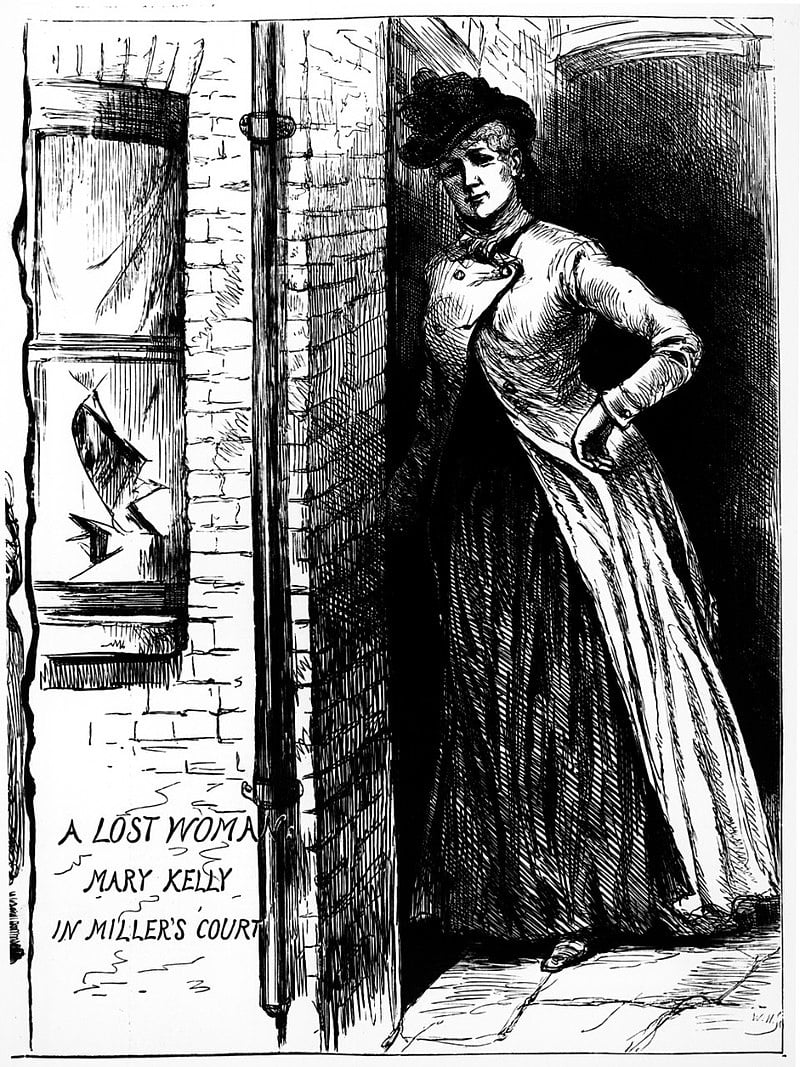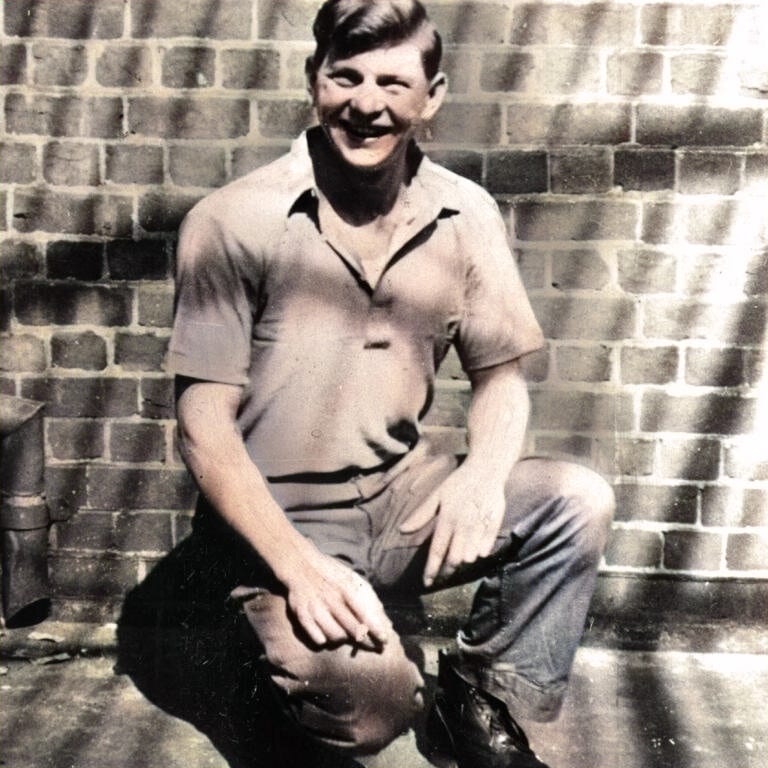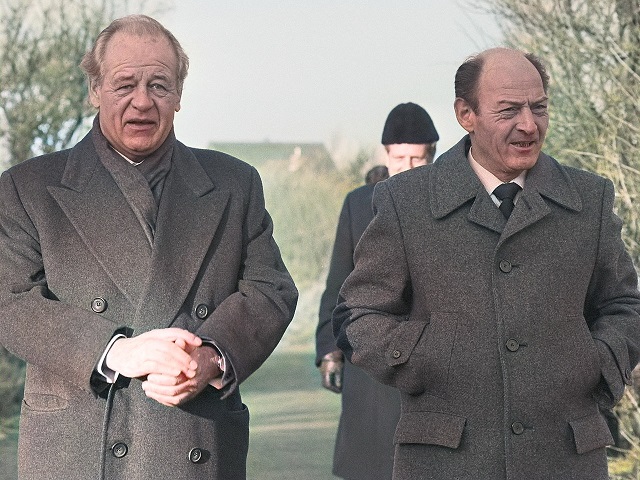In our journey through True Crime History today, we spotlight November 23rd, a day steeped in intriguing occurrences. These moments encourage us to see every date as a potential story, rich with insights and waiting to be decoded.
1789: 🔒 Anne Davis, First Woman Hanged in Australia for Theft
On this day in 1789, Anne Davis met a grim fate as the first woman to be hanged in Australia.
Her tragic story began in 1786 England when she was indicted for stealing eight pairs of silk stockings valued at 8 shillings. Found guilty at the Old Bailey, she was sentenced to transportation for seven years and ultimately ended up at Sydney Cove.
In Sydney Cove, Anne Davis committed another theft, this time stealing various items from the house of convict Robert Sidaway and Mary Marshal. When she was caught with the stolen goods and found guilty, she attempted to avoid execution by claiming to be pregnant.
A jury of matrons was empanelled to examine her condition. An elderly matron of between sixty and seventy years old pronounced to the gentlemen of the court that the prisoner was as much with a child as herself, thus confirming the verdict would be carried out.
On November 23, 1789, Ann Davis faced the gallows, becoming the first woman in the colony to be executed. ⚖️🌏🔒
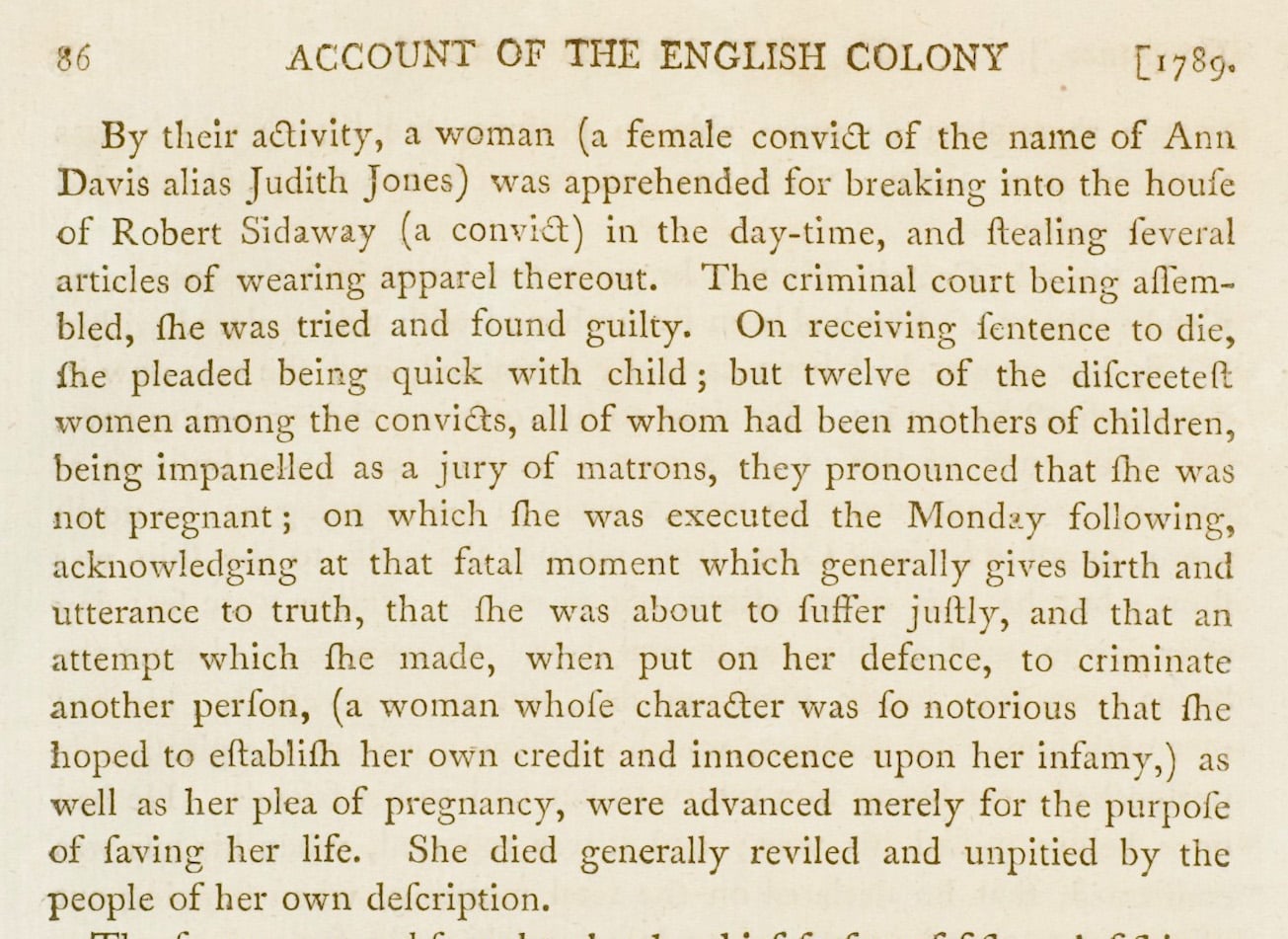
1859: 🤠 Birth of the Legendary Outlaw Billy the Kid
On this day in 1859, one of the Wild West’s most iconic figures, Billy the Kid, was born. Born as Henry McCarty but better known as Billy the Kid, he would go on to become an infamous outlaw and a central character in the history and folklore of the American West.
Billy the Kid’s life was marked by his involvement in the Lincoln County War, a violent conflict between rival factions in Lincoln County, New Mexico. During this time, he gained notoriety as a gunfighter and outlaw. His criminal activities, including cattle rustling and killings, made him a wanted man, and he became the focus of a manhunt.
The Kid’s elusive nature, daring escapes, and ability to evade capture only added to his legendary status. His life was cut short when he was shot and killed by Sheriff Pat Garrett in 1881 at the age of 21. Despite his short life, Billy the Kid’s story has endured through countless books, films, and works of fiction, contributing to the enduring mystique of the American Wild West. 🌵🤠🔫
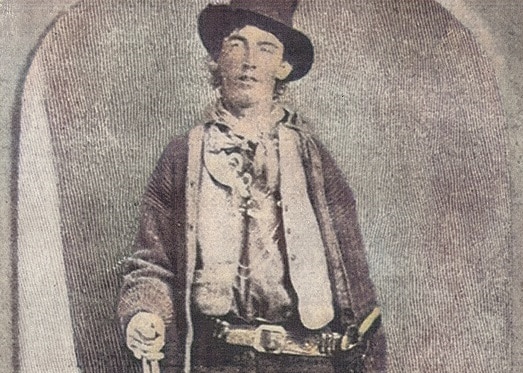
1910: ⚖️ Last Person Executed in Sweden with a Guillotine
On this day in 1910, Sweden witnessed a historic event that marked the end of a dark era in its judicial history.
Johan Alfred Ander, convicted of the brutal murder of Victoria Hellsten during a robbery, became the last person in Sweden to face execution by guillotine. His crime had rocked the nation, as he not only committed robbery but also beat the clerk, Victoria Hellsten, to death.
In his desperate bid to escape his financial woes, Ander had targeted a Currency Exchange Agency in Stockholm, making off with a substantial sum of money to the approximate value of $50000 in today’s value.
The aftermath of the robbery led to Ander’s arrest, as he exhibited peculiar behaviour at a nearby hotel, causing suspicions among staff members. They reported his unusual actions to the police, who soon realized that he was the prime suspect in the heinous crime. When they apprehended him, they discovered damning evidence in his hotel room, including the murder victim’s wallet and most of the stolen money, stained with blood. Additionally, an oblong package found on him contained the apparent murder weapon, a steelyard balance, further implicating him.
Throughout his trial, Ander adamantly denied his involvement in the crime, claiming that an unknown foreign man had given him the stolen money during his stay at a Stockholm hotel. Despite his protests of innocence, he was sentenced to death by all court instances. Ander chose not to appeal to the King for clemency, sealing his fate as Sweden’s last guillotine-executed criminal.
The execution occurred in Stockholm, where a guillotine imported from France was used. After his death, Ander’s body was donated to science, leading to a surprising discovery by doctors. They found evidence of tuberculosis, a disease that was almost always fatal at that time. ⚖️💀
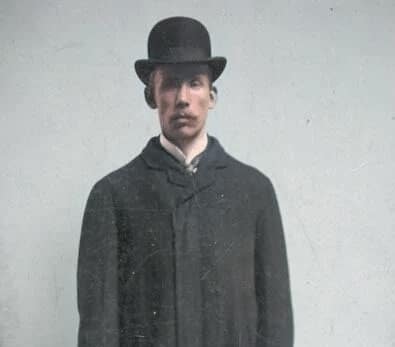
1921: 🚫 Anti-Beer Bill Signed by President Warren G. Harding
On this day in 1921, President Warren G. Harding signed the Willis-Campbell Act, also known as the anti-beer bill, into law in the United States.
The anti-beer bill prohibited doctors from prescribing beer or liquor for medicinal purposes, addressing a practice that had been used by some physicians to provide patients with access to alcohol during the temperance movement.
This act was part of a broader shift towards stricter alcohol control and would eventually contribute to the temperance movement’s larger goal of nationwide prohibition, which was enacted in 1920 with the 18th Amendment to the Constitution. The Willis-Campbell Act represented an early step in the path toward Prohibition and the regulation of alcohol in the United States
The era of Prohibition, characterized by the ban on the production, sale, and transportation of alcoholic beverages, lasted until 1933. 🍺🚫🏥
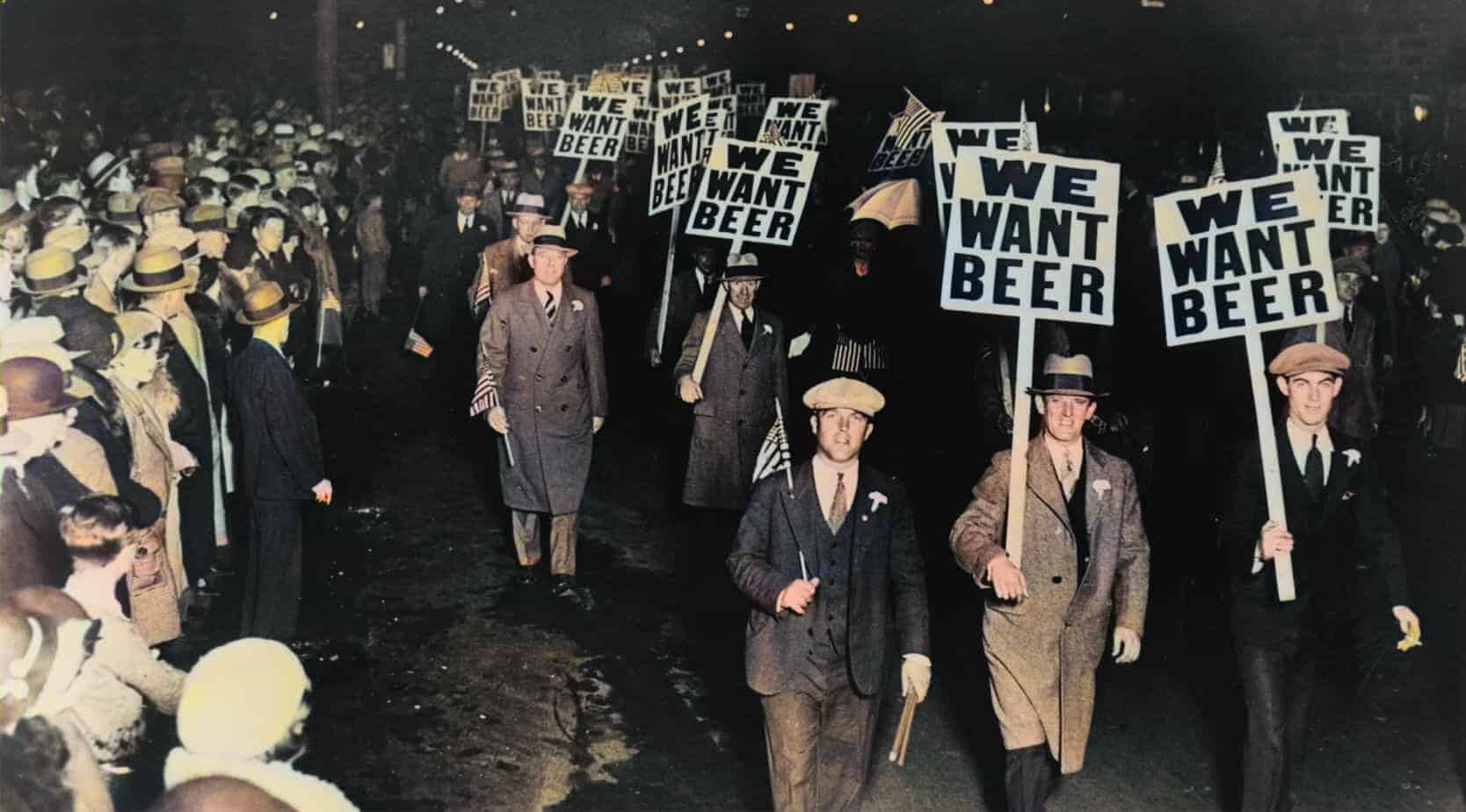
1945: 🧟 Birth of a Serial Killer Dennis Nilsen
On this day in 1945, Dennis Nilsen, a Scottish-born serial killer was born. Nilsen’s case stands out in the annals of true crime, as there was little in his background to suggest the darkness that would later consume him.
Unlike some other notorious killers, Nilsen didn’t have a history of head injuries, childhood abuse, or cross-dressing tendencies. He appeared to be an unassuming and lonely individual. However, beneath this facade lurked a monstrous side.
Nilsen’s crimes involved the murder of multiple victims, with a chilling motive. He killed so that he could keep the corpses as companions.
The murders were first uncovered due to a seemingly routine plumbing issue. In February 1983, a local plumber responding to complaints at Cranley Gardens where Nilsen lived made a horrifying discovery. He found a drain clogged with a substance resembling flesh and small bones of unknown origin.
Further investigation revealed the pipe connected to Nilsen’s top-floor flat. These remains appeared to be human, and a pathologist confirmed their origin. Nilsen was confronted when he returned home from work. Nilsen would be found guilty of 6 counts of murder and 2 counts of attempted murder, lifting the lid on one of the darkest chapters in the UK’s criminal history.

1996: 😢 Tragic Hijacking Leads to Airliner’s Crash in the Sea
On this day in 1996, a devastating aviation tragedy occurred as Ethiopian Airlines Flight 961, a Boeing 767 aircraft, was hijacked during its journey from Addis Ababa, Ethiopia, to Nairobi, Kenya.
The hijackers, seeking political asylum in Australia, took control of the plane and demanded to be flown to their desired destination.
As the flight crew cooperated with the hijackers and changed the aircraft’s course, they soon realized that there wasn’t enough fuel to reach Australia safely. Negotiations with the hijackers failed, leading to the aircraft running out of fuel over the Indian Ocean near the Comoros Islands.
The pilots, harassed by the hijackers, struggled to control the descent, with the plane tragically crashing into the sea. This heartbreaking incident resulted in the loss of 125 lives(including the hijackers), with 50 survivors amongst the passengers and crew including, Captain Leul Abate, who retired from flying in 2019. 🙏✈️😢

2009: 📰 A Dark Day in Philippine History
On this day in 2009, a horrifying and tragic event unfolded in the southern Philippines, forever etching its place in history as one of the worst attacks on journalists ever recorded. The incident shocked the world as 57 innocent citizens, including 34 journalists, were brutally killed.
The victims were en route to register voters in support of Esmael Mangudadatu’s candidacy for the upcoming gubernatorial elections in the province of Maguindanao. As they embarked on this important civic duty, their convoy was ambushed by gunmen.
In a merciless act of violence, these assailants took the lives of not only politicians and their supporters but also 34 journalists who were present to cover the event. 😢

And that wraps up our historical journey for November 23rd. Remember, the events of today might just become the stories of tomorrow. Don’t forget to reserve your spot on a Dark Stories True Crime Tour soon!
